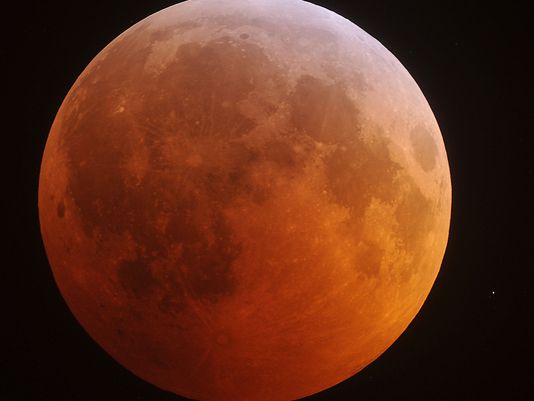For anyone who loves Astronomy, this is the biggest news ever— a lunar eclipse coupled with a “supermoon” began last Sunday, September 27.
A “supermoon” is a full moon that appears much larger than it usually is because it is at its perigree, the point at its orbit when it is closest to Earth. This phenomenon is so rare that it hasn’t appeared since 1982.
The Earth’s shadow started crossing the moon at 8:11 p.m. ET. The total eclipse began at 10:11 p.m. ET and peaked at 10:47 p.m. ET. The total eclipse lasted about 72 minutes.
Clearly, this event is worth celebrating for astronomers and stargazers. “It’s a beautiful sight in the nighttime sky,” said Mark Hammergren, an astronomer at Chicago’s Adler Planetarium. “It’s a way of connecting us to the universe at large. It gives us this view that there’s a bigger picture than just what we’re concerned with in our daily lives.”
Furthermore, this eclipse is enjoyable for the entire world—from most of the Americas to Greenland, Western Europe, Western Africa. Other parts of the world including Western North America, the rest of Europe and Africa and a small area of Western Asia could see most of the sight except fading bites of the moon.
For such a big event, you could watch it anywhere. “You don’t have to be anyplace special. If you can see the moon, you can just look up,” said the Griffith’s curator, Laura Danly.
In all, this chance is totally unmissable. The next one isn’t due until 2033.


